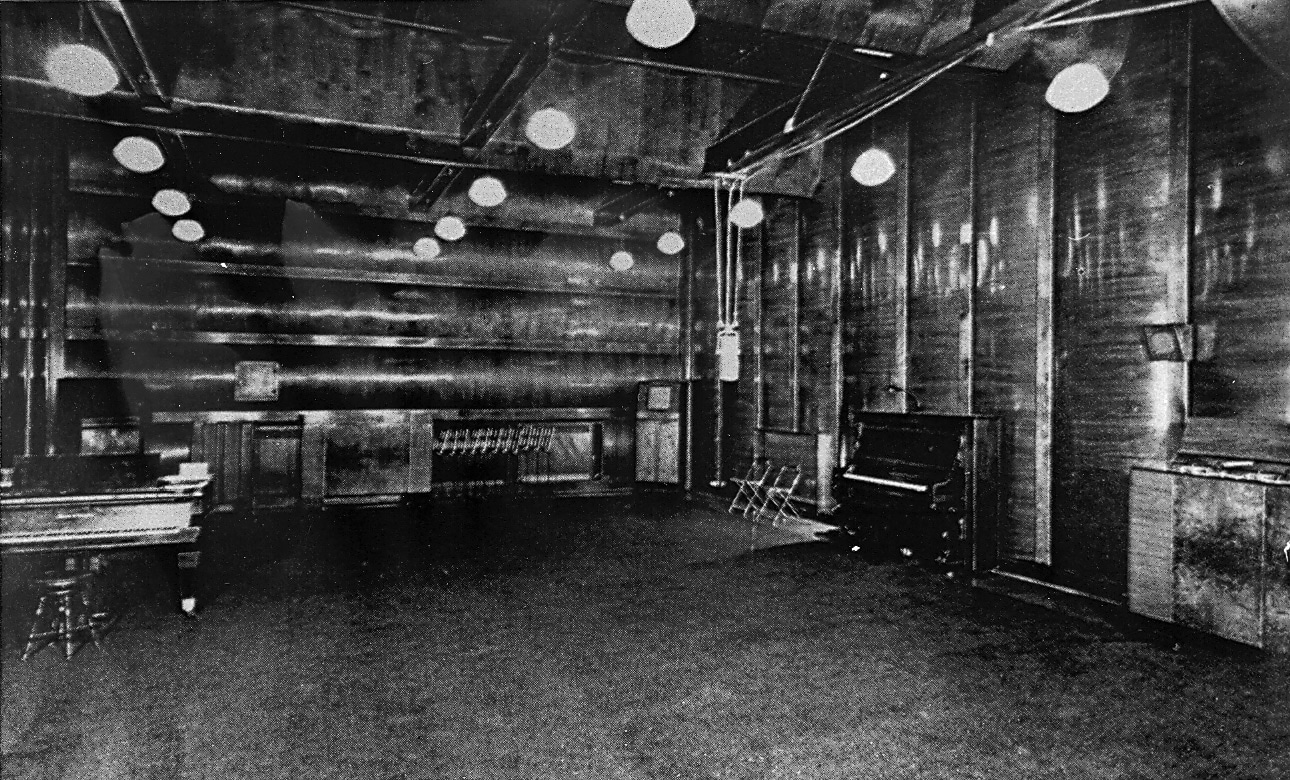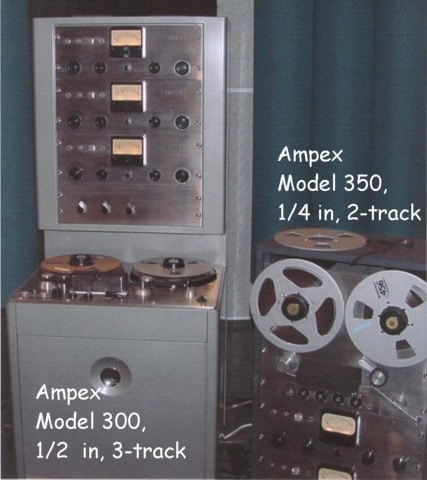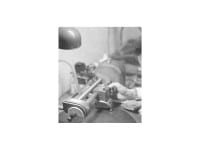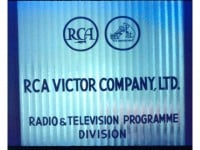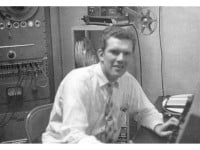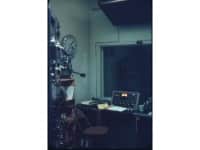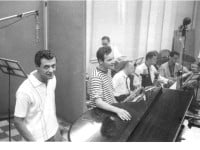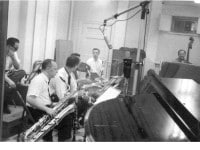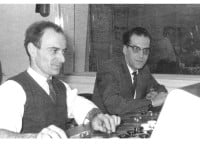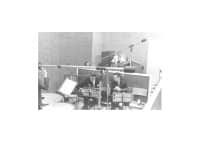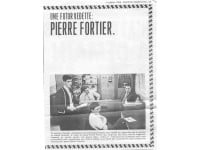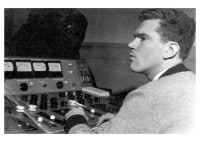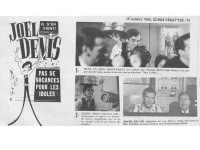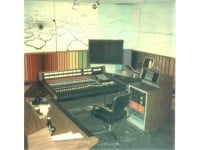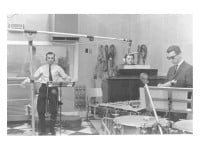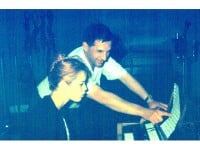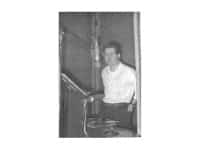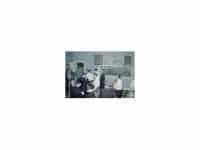In 1929, the Radio Corporation of America (RCA) merged with the Victor Talking Machine Company of Canada which then became RCA Victor. It was thus in the RCA Victor studio that scores of works were recorded, in the 1930s and 1940s, on the Victor and Bluebird labels. In 1942, the company moved into a brand new studio, at 1050 Lacasse Street. This facility was the first in Canada ever to use formal acoustical treatment in its construction. Its design was created in the RCA labs in Camden, New Jersey.
Following the lead of the Berliner family, the RCA Victor studio continued to record numerous Canadian’s artists, both English and French. The studio also developed an interest in a variety of musical styles – folk, country and classical music, choirs, chamber music, jazz and others – and didn’t hesitate to go on the road to capture exceptional performances. Such was the case in 1941, when a choir and orchestra led by Wilfrid Pelletier was recorded in St-Laurent.
In 1958, RCA Victor closed its Lacasse Street studio. After moving from Lacasse Street, the studio moved to 2195 Crescent Street.
In 1959, after completing university studies and acquiring knowledge in acoustics and electronics, Roger Bélair was hired by Eddy Traynor, manager of the RCA Victor studio, to work as a recording technician.
In 1960, he moved to 1241 Guy Street, before settling around 1967 at 910 de La Gauchetière Street, still in Montreal. At the time, Lionel Parent was the chief sound engineer, and the studio had a three-track Ampex recorder. At the time, the profession was called a “sound engineer.” Mr. Bélair then replaced Harry Bragg, an English-speaking technician who had recorded several RCA artists with Marcel Leblanc, the artistic director. In 1965, Michel Éthier joined the company, and the studio acquired a four-track recording machine.
In 1967, this studio was replaced by a complex built for Expo 67 and located on La Gauchetière Street. It included three recording studios and a record mastering studio. It was equipped with two live reverb chambers and an electronic reverb system. This studio operated for approximately ten years.
Among the people who worked there were: Eddy Traynor, manager of the RCA Victor studio; Roger Bélair; Marcel Leblanc, artistic director; and sound engineers Lionel Parent, Michel Éthier, Pierre Tessier, Gaétan Desbiens, Claude Allard, and Émile Lépine, to name a few.

